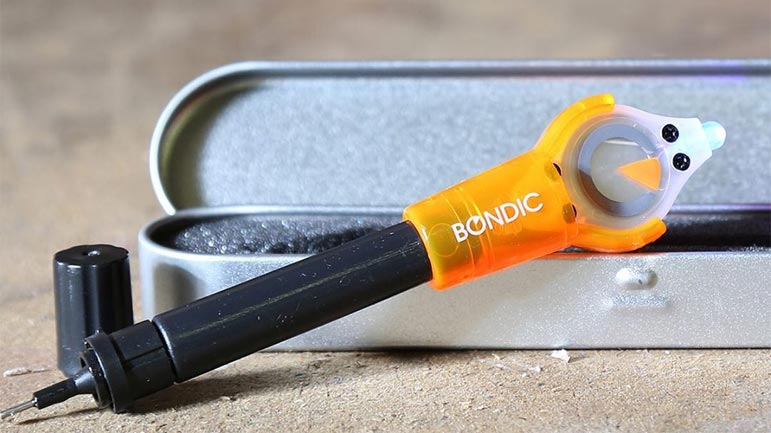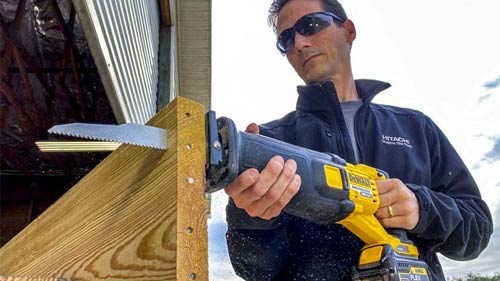 It is not unusual for bolts and nuts to get rusted over time making it difficult to remove using usual methods. But the challenge can be overcome without much ado if you are a regular DIYer. When you get down to the task of removing bolts and nuts bunnings, the primary rule is to bring the patients generally exhibited by a Bonsai artist. If you lose your temper, you will only make things more difficult for you. More importantly, you should also resist your temptation to use extra force on something that is not designed for extra force. For instance, if you break a blind stud, you could be inviting many hours of drilling to get rid of the busted shank. Therefore, like with any other project, you should first assess the situation and carefully get down to the work on hand.
It is not unusual for bolts and nuts to get rusted over time making it difficult to remove using usual methods. But the challenge can be overcome without much ado if you are a regular DIYer. When you get down to the task of removing bolts and nuts bunnings, the primary rule is to bring the patients generally exhibited by a Bonsai artist. If you lose your temper, you will only make things more difficult for you. More importantly, you should also resist your temptation to use extra force on something that is not designed for extra force. For instance, if you break a blind stud, you could be inviting many hours of drilling to get rid of the busted shank. Therefore, like with any other project, you should first assess the situation and carefully get down to the work on hand.
Here are some useful tips to help you along the way
Your first task is to determine if the nuts and bolts, you are about to remove are in a ready state to break. Breaking can be imminent if a bolt yields. For instance, the studs on exhaust manifolds are notorious in the context of corrosion and the shanks can thin like twigs making them an easy target for breaking. Another aspect for you to check is whether the bolt has a locking compound or has been impacted by rust. In many instances, thread lockers may have been applied as an OE, If this is the case, you can use heat to soften the thread locker and get ahead with the job on hand.
Should you be saving the rusted bolts and nuts?
In many situations, a rusted fastener may not be worth all the trouble of saving for the future. Perhaps you may find it a lot easier to break the bolt and simply replace it. Further, you may also not be able to save small fasteners like screws and body bolts. If you use locking pliers to remove J-nuts, they won’t spin giving you the ability to simply discard the broken bolt. A dead fastener is better discarded since it may not serve its purpose and potentially throw up more challenges.
Remove the maximum amount of rust you can
If you find that the bolt can be salvaged, remove the maximum amount of rust from the threads. A small quantity of elbow grease and a stiff wire brush can enhance your results. Ensure that rust is removed from the thread root right up to the end to avoid galling and seizing when you turn it.
Use proper tools
As with most other tasks, proper tooling is essential for removing rust from bolts and nuts too. A 6-point box end may be preferable to 12 points. If the nut has become smaller from corrosion, you can get a better fit with the next smaller size.
Right tight left loose
This is a rhyme that is taught to most mechanics on their first day and yet many get confused with the spiral direction particularly while working with upside or reversed position, even after years of work experience. Most threads loosen when turned left and tighten to the right turn. Nevertheless, there may be a few exceptions.
Liquid thread loosener
On nuts and bolts that are rusted and stuck and cannot be destroyed or cut off, you can use a type of liquid thread loosener for significant help, and penetrating oil has shown to be very effective since it reduces the torque needed for overcoming the rust bond, You can also use a homemade concoction of 50% ATF and 50% Acetone which should work well in many situations. However, if you are using this concoction, you should also be careful about the fumes.
Added leverage
Ratchet with a long handle or a breaker bar can provide more leverage. Go steady, applying even some pressure, and paying attention closely for the feel of every turn. If you feel that the tension has become rubbery suddenly, either you are stripping the threads or breaking the bolt. Ideally, you should also be using mechanics gloves (padded variety) to stay free from skinned knuckles.
Use heat
When the nut is strongly bonded with the bolt, we need some out of the box thinking and techniques. Carefully apply heat to only one side of the bolt or nut you are trying to remove. Gradually you can notice that the lock compound/rust dissipates adequately for you to remove the rusted screw or bolt. Before you start this process, ensure to clean off any penetrating oil and use only an open flame after carefully considering safety issues around your work area. For instance, you should remember that most of modern-day cars have a significant component of plastic which can trigger an accident if you are not vigilant. You can also look for a more convenient and hand-held appliance like a propane torch to apply heat with a greater focus on the desired area and reducing the chances of any accident from combustible parts in the adjacent area.
Paraffin as lubricant
When you are removing NTPT pipe plugs that are rusted and attached to cast iron, you can apply heat to the iron surrounding the plugs and apply a melted candle to the threads. Paraffin filters into the thread to take the role of a lubricant. However, you should ensure to use a socket of the proper size that fits snugly.
The final assault
When all the steps detailed above are not producing the desired result, you can try with an electric or pneumatic impact gun since you can simply break the bolt. Again, wearing safety glasses, gloves, and the use of a proper impact socket is important. Since these are powerful tools, you can also save them for the larger nuts. When viable, use impact on the nut side while bolding the bolt with the help of a wrench.
Summing up
Thanks to the digital world, there are fewer tasks today that you have to struggle with. Proper tooling and focused knowledge on getting optimal results is the way to go.




